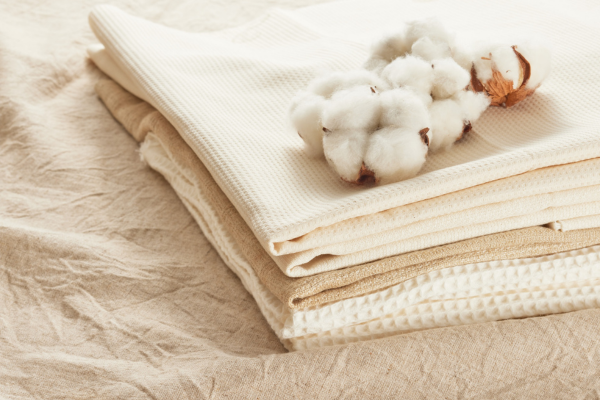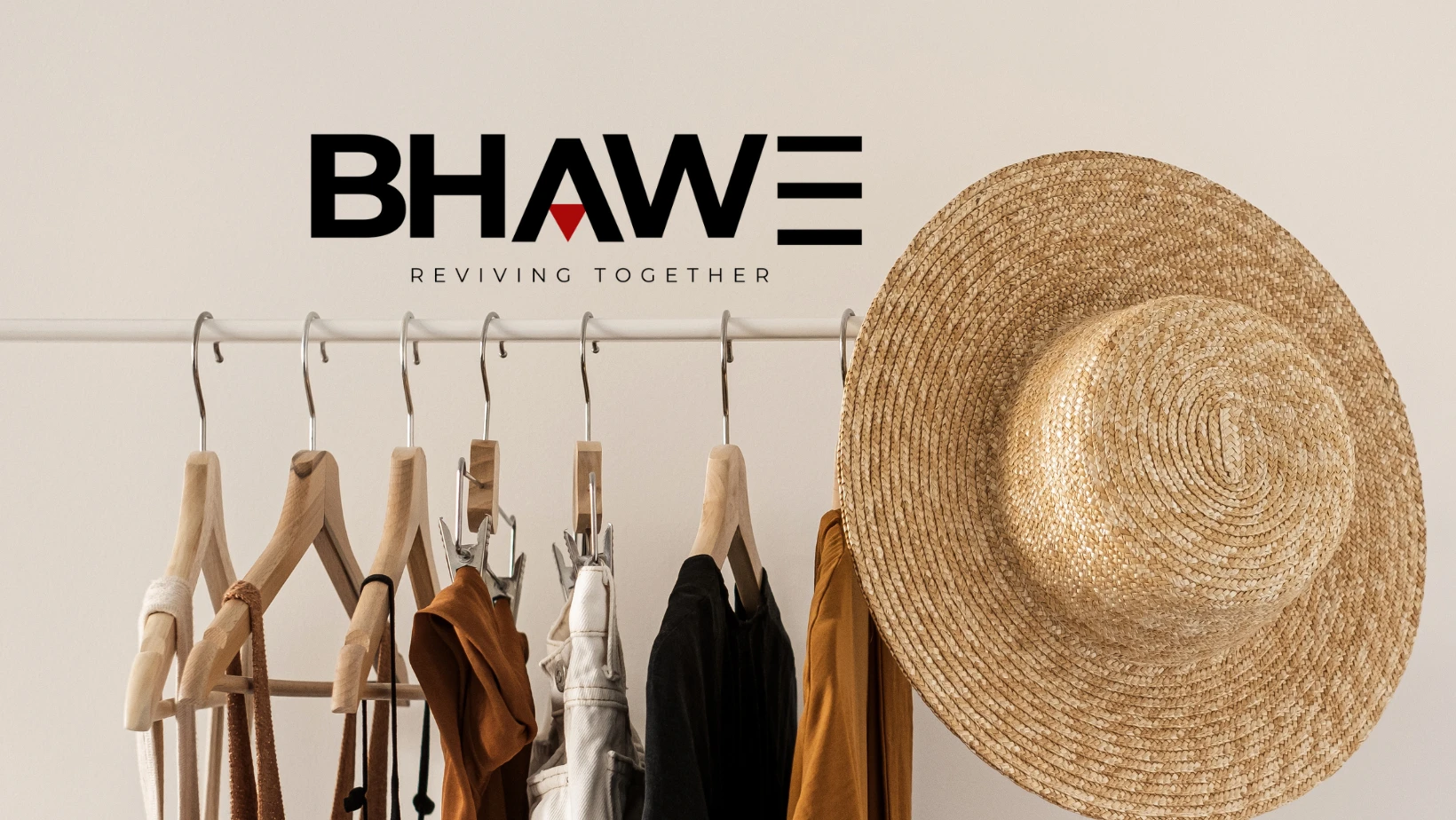How to Distinguish Between Handloom and Powerloom Fabrics: A Conscious Buyer’s Guide

How to Distinguish Between Handloom and Powerloom Fabrics: A Conscious Buyer’s Guide
In a world dominated by fast fashion, understanding the difference between handloom and powerloom fabrics is essential — especially if you value craftsmanship, sustainability, and cultural heritage. Whether you're buying a saree, kurta, or upholstery fabric, knowing what you're purchasing empowers you to make more ethical and meaningful choices.
Handloom vs. Powerloom: The Basics
| Factor | Handloom | Powerloom |
| Operation | Manually operated by artisans | Mechanically powered with electric motors |
| Texture | Slight irregularities, softer drape | Uniform, often stiffer feel |
| Weave Design | Custom, intricate motifs possible | Limited to repetitive patterns |
| Energy Use | No electricity | Uses electricity |
| Artisan Involvement | High | Low |
| Sustainability | Highly sustainable | Often synthetic or blended materials |
| Price | Higher (for labor and skill) | Lower, mass-produced |
How to Spot Handloom Fabric
- Slight Irregularities: Look for bumps, uneven threads, or tiny knots. These are signs of manual weaving, not defects
- Softer Feel: Handloom fabrics drape better and are more breathable.
- Selvedge: Handlooms often have a tight, colored selvedge - a hallmark of hand finishig.
- Motif Clarity: Not always symmetrical, but artistic and expressive
- Flip Check: The reverse side of motifs will show floating or embedded threads — key to identifying the technique
Weaving Techniques That Reveal the Difference
| Technique | Type | Created By | Key Feature | Spot the Difference |
| Kadhwa | Weaving | Handloom | Motifs woven independently, no floats | Clean back, slightly raised motifs. No floating threads. More expensive. |
| Fekua | Weaving | Handloom | Motifs made using weft with float threads | Flip to see float lines behind motifs. Lightweight and budget-friendly. |
| Machine | Weaving | Powerloom | Uniform, rapid weave | Smooth texture, exact repetition, synthetic shine. |
| Hand Design | Weaving | Handloom | Pattern made by manipulating warp/weft | Irregular, artistic, soft texture. Motifs are part of the fabric, not added on top. |
Quick Tips for Spotting the Real Fabric
- Flip Test:
- Floating threads? Likely Fekua or powerloom
- Clean reverse? Likely Kadhwa — handloom
- Floating threads? Likely Fekua or powerloom
- Pull Test: Handloom is stronger and tighter.
- Burn Test (only if allowed): Natural fabrics smell like burning paper and leave soft ash.
- Ask for Certifications: GI tags or artisan certifications (like Banarasi, Pochampally, or Kanjeevaram) indicate authenticity.
Why It Matters
- Support artisan livelihoods
- Preserve ancient weaving techniques
- Promote sustainable fashion
- Own a story, not just a product
Final Word
Further Reading:
With Love & Grace,
Team BhaWe
Recent Posts
CREATED WITH CARE ❤️ CRAFTED WITH LOVE















